By Amit Roy
A GUARDIAN writer referred cuttingly to Harrow as “a minor public school”, which is a little unkind because it ranks, alongside Eton, as one of the two great public schools of England.
But perhaps the actor Laurence Fox, 41, who complained that the casting of Sikh soldier Sepoy Jondalar (played by Nabhaan Rizwan) in Sam Mendes’s film 1917 was “incongruous” and “forcing diversity on people” wasn’t taught too much history at school.
It might be that Harrow, which today has many Indian pupils as many other top public schools in the country, should look to including something about the Raj and Partition as well as the crucial contribution of Indian soldiers in two world wars in its history syllabus.
When it was pointed out to Fox that Sikhs had fought in the First World War, Fox initially responded, “I’m not a historian, I don’t know”.
Faced with mounting evidence that his remarks were both illjudged and inaccurate, Fox was later forced to tweet a more fulsome apology: “Fellow humans who are Sikhs, I am as moved by the sacrifices your relatives made as I am by the loss of all those who die in war, whatever creed or colour. Please accept my apology for being clumsy in the way I expressed myself.”
The film follows the journey of two young soldiers who venture across enemy lines to deliver a message that could save hundreds of lives. In a brief sequence, Lance Corporal Schofield (played by George MacKay) and Jondalar are shown trying to push a truck out of mud. The film has been nominated for nine Baftas and 10 Oscars.
Dr Simon Walker, a military historian at the University of Strathclyde, said: “The remarks by Fox are very much ill informed.”
Another historian, Peter Singh Bance, agreed: “Laurence Fox is incorrect with his facts as Sikhs did fight with British forces, not just with their own regiments.”
Fox’s father and uncle, James and Edward Fox, respectively, who have represented officers and gentlemen in many movies, are both distinguished actors. Another uncle, Robert Fox, is a film producer.
Yet Fox was unaware that in the First World War, 1.5 million Indian troops, many of them Sikhs, fought for Britain between 1914 and 1918, in Gallipoli, Egypt, Mesopotamia and Italy. When it ended, 113,743 Indians were reported dead, wounded or missing.
In the Second World War, 2.5 million Indian soldiers enlisted for Britain from 1939-1945. They served in the North African campaign against the Germans, in Eritrea and Abyssinia against the Italians; in West Asia, Iran and Iraq; in the Far East; in Italy, where they were involved in some of the bloodiest fighting at the siege of Monte Cassino and elsewhere. By the end of the war, 36,092 Indians were killed or missing, 64,350 were wounded and 79,489 taken prisoner.
Maybe it is time for all schools to update their history syllabuses, even though dealing with the role of Winston Churchill – incidentally, a Harrow boy – in relation to Indian independence, Mahatma Gandhi and the Bengal Famine of 1943 may prove a little tricky.
As for diversity in casting, we have already had protests about the lack of it in the 2020 Bafta nominations. Bafta is pretty much a lost cause – its main role in life seems to be to suck up to Hollywood. All this partly explains why at Eastern Eye, we have established the Arts Culture Theatre Awards (ACTA).

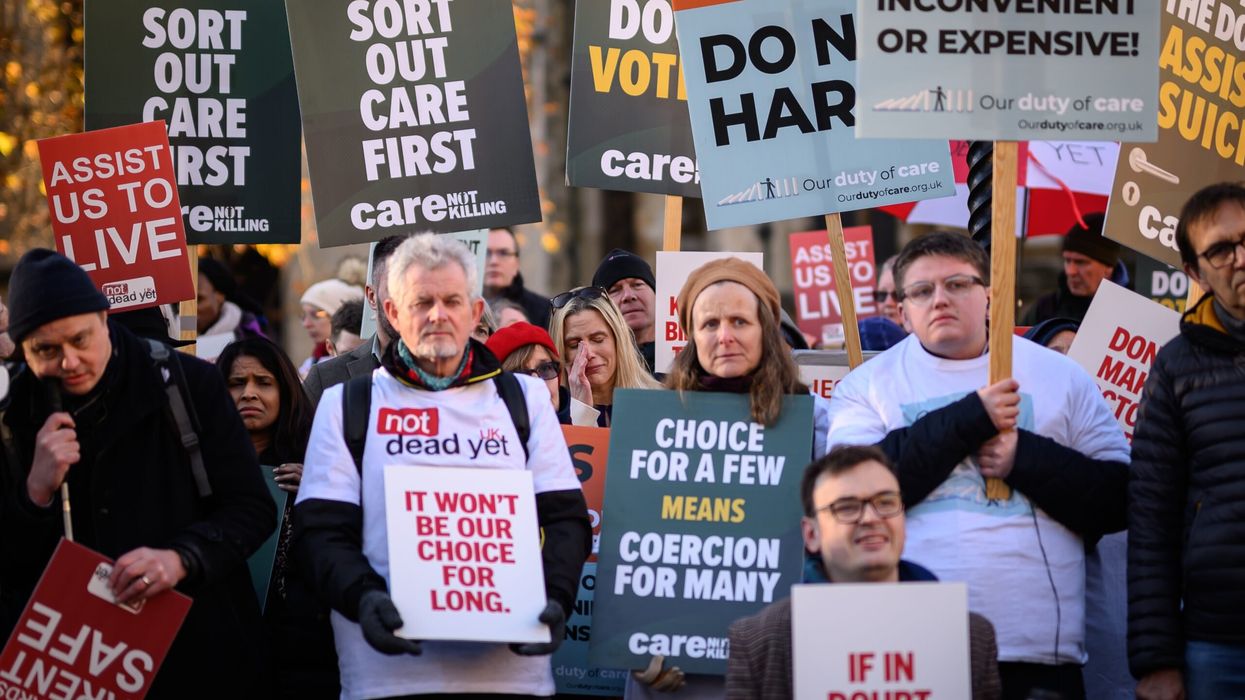
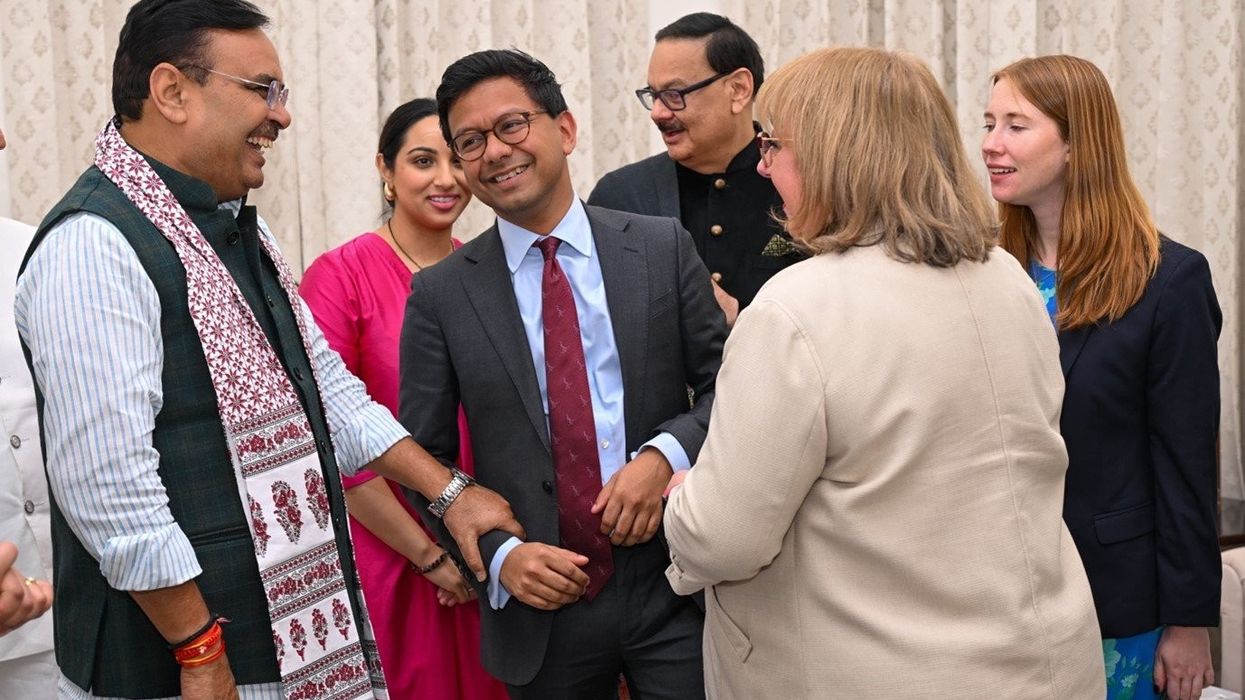
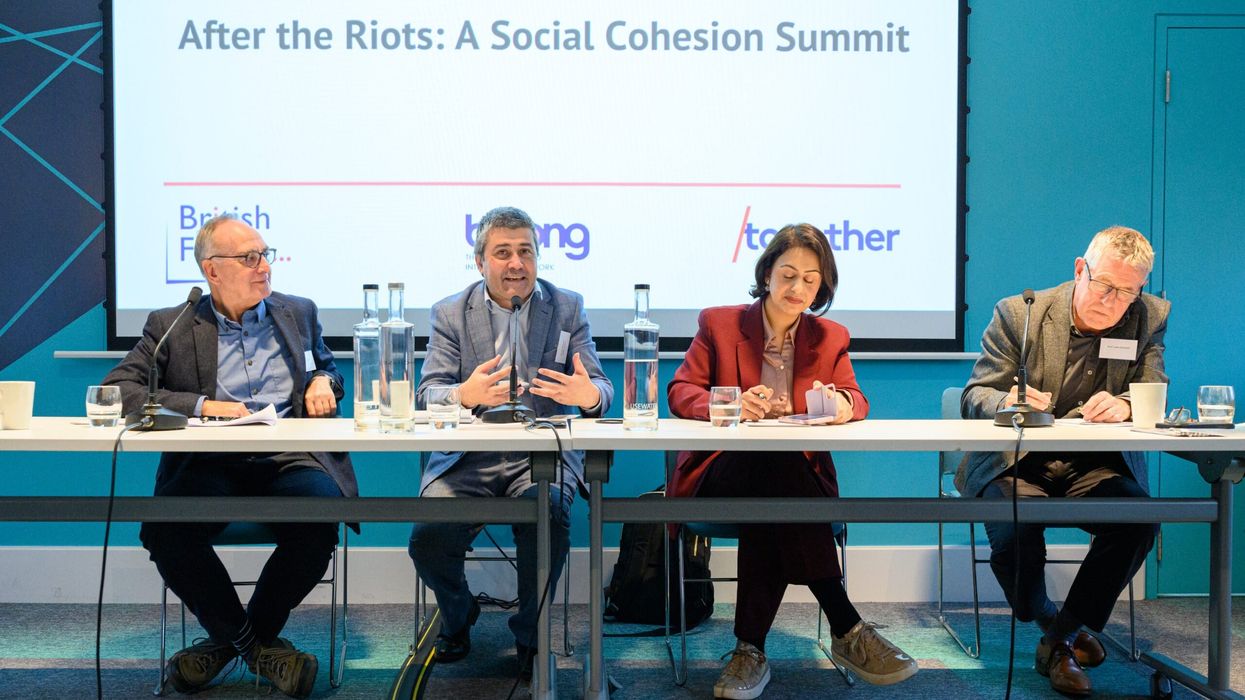
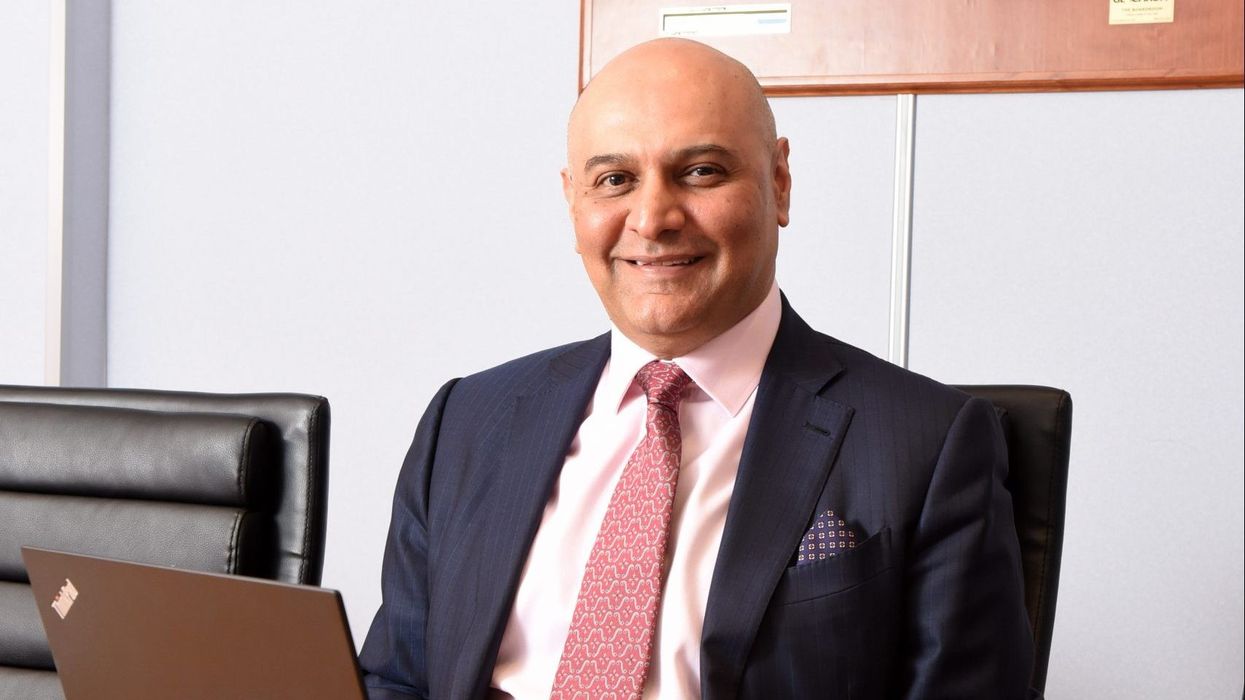


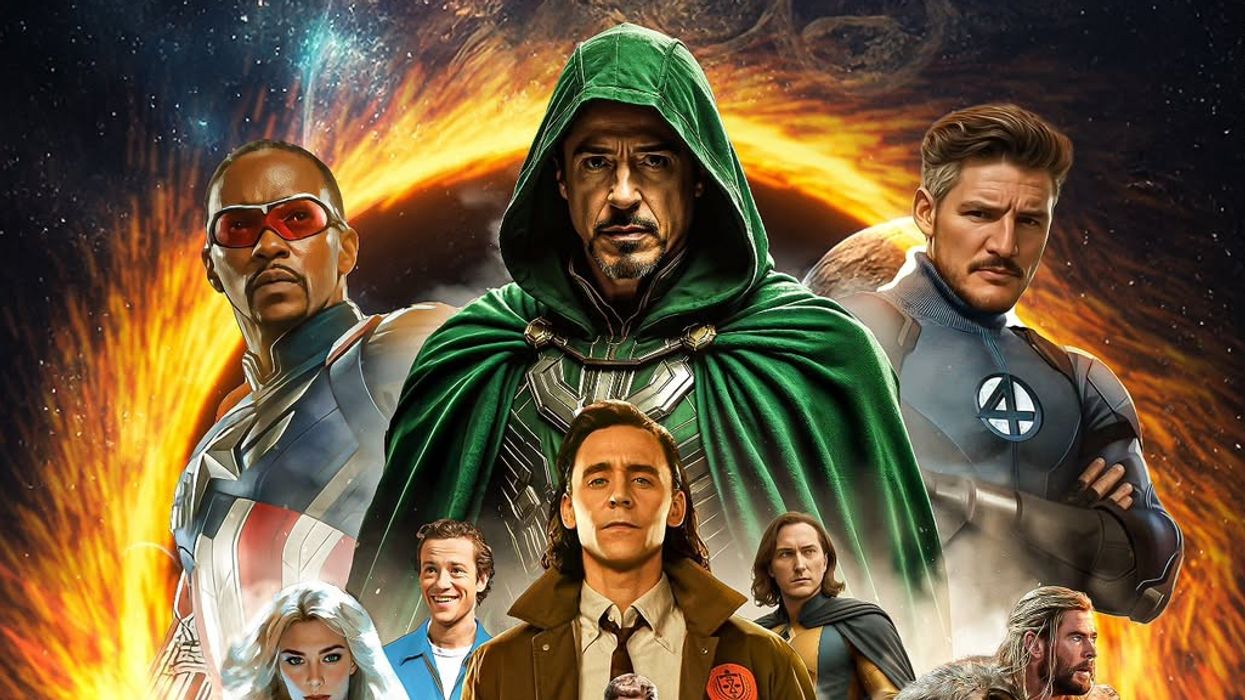




Foxed by ignorance of Sikh sacrifices in 1917